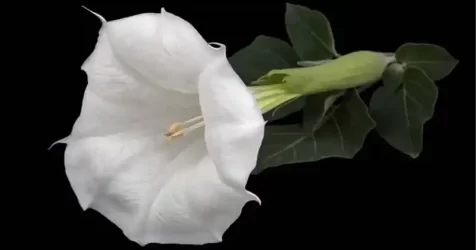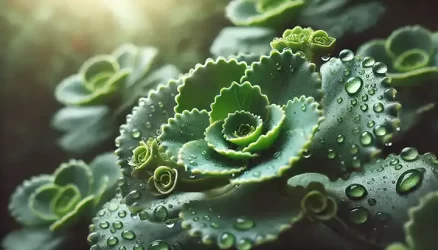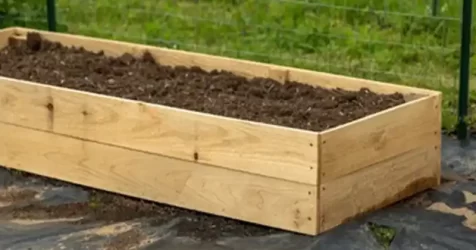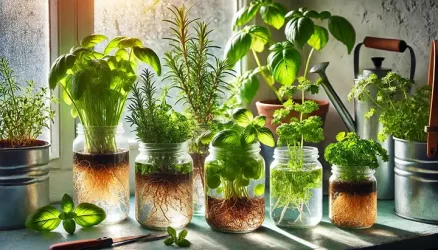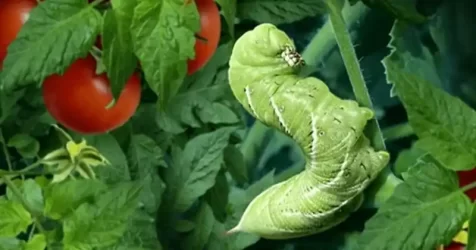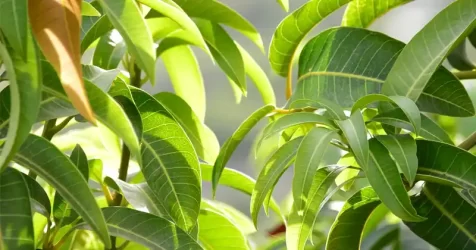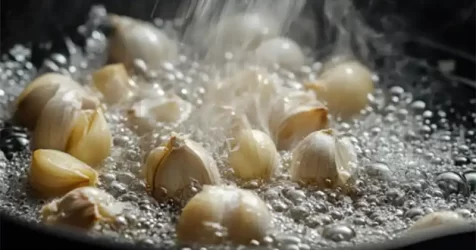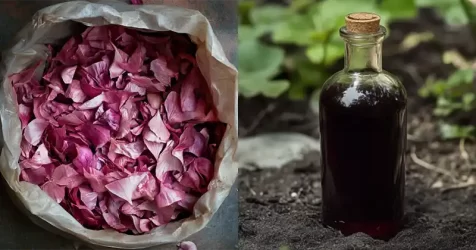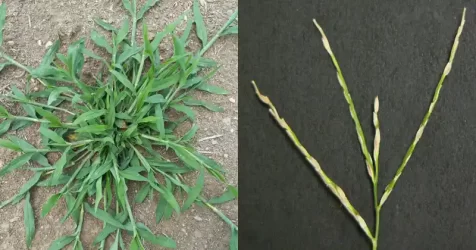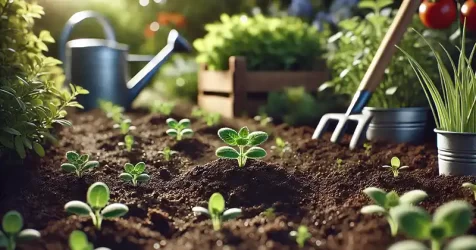How to Grow a Bonsai Apple Tree from a Store-bought Apple
Growing a bonsai apple tree from seed is a rewarding journey that combines the art of bonsai with the joy of seeing a tree mature from its very beginnings. This guide will walk you through each step of the process, from germination to maintenance, helping you cultivate a miniature apple tree that’s both aesthetically pleasing and capable of bearing fruit.

1. Seed Germination
- Preparation: Start with fresh apple seeds. To break the seed’s dormancy, stratify them by placing them in a moist paper towel and refrigerating for a few weeks.
- Germination: After stratification, plant the seeds in a small container with well-draining soil. Keep the soil moist and in a warm location. Germination can take several weeks.
2. Choosing the Right Pot
- Size and Material: Initially, a small pot is sufficient. As the tree grows, you’ll need to repot it into larger bonsai pots. Choose a pot that complements your tree’s size and style, typically made of ceramic or clay.
- Drainage: Ensure the pot has good drainage to prevent root rot.
3. Potting Mix
- Composition: Use a well-draining bonsai soil mix, typically a blend of akadama, pumice, and fine gravel. This mix provides the right balance of water retention and drainage.
- pH Level: Apple trees prefer a slightly acidic to neutral pH. Adjust your soil mix accordingly.
4. Initial Care
- Location: Place your seedling in a location with plenty of sunlight and protection from harsh elements.
- Watering: Water deeply but infrequently, allowing the soil to dry out slightly between watering.
- Fertilizing: Use a balanced, slow-release bonsai fertilizer to encourage growth.
5. Training and Pruning
- Initial Pruning: Start shaping your tree once it’s about 4-6 inches tall. Focus on creating a strong trunk and removing any unwanted branches.
- Wiring: Carefully use bonsai wire to shape branches and the trunk.
- Regular Maintenance: Continually prune and adjust wiring to shape the tree as it grows.
6. Achieving Desired Dimensions
- Miniature (up to 6 inches): Focus on creating a compact root system and frequent pruning.
- Small (6-12 inches): Allows for slightly more growth; ideal for beginners.
- Medium (12-24 inches): Offers more space for branching, suitable for creating more complex designs.
- Large (24-36 inches): Requires careful attention to proportion and balance.
- Extra-Large (over 36 inches): These are rare and require significant space and maintenance.
When growing a bonsai apple tree, selecting the right pot size is crucial for the health and aesthetic of the tree. Below are pot size recommendations for each bonsai size category:

Pot Size Recommendations for Bonsai Apple Trees
1. Miniature (up to 6 inches):
- Pot Size: Use a pot that is about 3-4 inches in depth and width. The compact size encourages a small, dense root system which is essential for maintaining a miniature size.
- Considerations: Ensure the pot has excellent drainage. Frequent pruning both above and below the soil line is required to maintain this size.
2. Small (6-12 inches):
- Pot Size: A pot around 5-7 inches in depth and width works well. This size gives the tree a bit more room to grow while still maintaining a small size.
- Considerations: The pot should balance the tree visually. Repotting may be necessary every couple of years to manage root growth.
3. Medium (12-24 inches):
- Pot Size: Choose a pot approximately 8-11 inches in depth and width. This size allows for more creative styling and branching.
- Considerations: Medium-sized bonsai can become top-heavy, so a sturdy pot is important. Root pruning will be essential during repotting to keep the tree healthy.
4. Large (24-36 inches):
- Pot Size: Pots in the range of 12-15 inches in depth and width are appropriate. Large bonsai require substantial pots to ensure stability and adequate root space.
- Considerations: Due to the size, these pots can be heavy and may require a permanent location or a wheeled stand for mobility.
5. Extra-Large (over 36 inches):
- Pot Size: These rare bonsai trees need pots that are at least 16-20 inches or more in depth and width. The pot must accommodate a significant root system and provide balance to the large tree.
- Considerations: Extra-large bonsai are almost akin to small trees and may require specialized care and potting techniques. They are typically designed for outdoor displays.
7. Bearing Fruit
- Pollination: Apple trees need cross-pollination. If you have only one bonsai, consider using a brush to transfer pollen from flowers of a different apple variety.
- Care During Fruit-Bearing: Increase watering and fertilizing during the fruiting season. Support the branches if needed.
8. Long-term Maintenance
- Repotting: Repot every 2-3 years, trimming the roots and refreshing the soil.
- Seasonal Care: Adjust care based on seasons – protect from extreme cold and ensure adequate sunlight.
- Pest Management: Regularly check for pests and diseases, treating them promptly to maintain the tree’s health.

Growing a bonsai apple tree from seed is a process filled with patience and care. Through diligent cultivation, you can create a living work of art that not only delights the eye but also offers the sweet reward of fruit. Embrace the journey and watch as your bonsai apple tree flourishes under your dedicated care.

